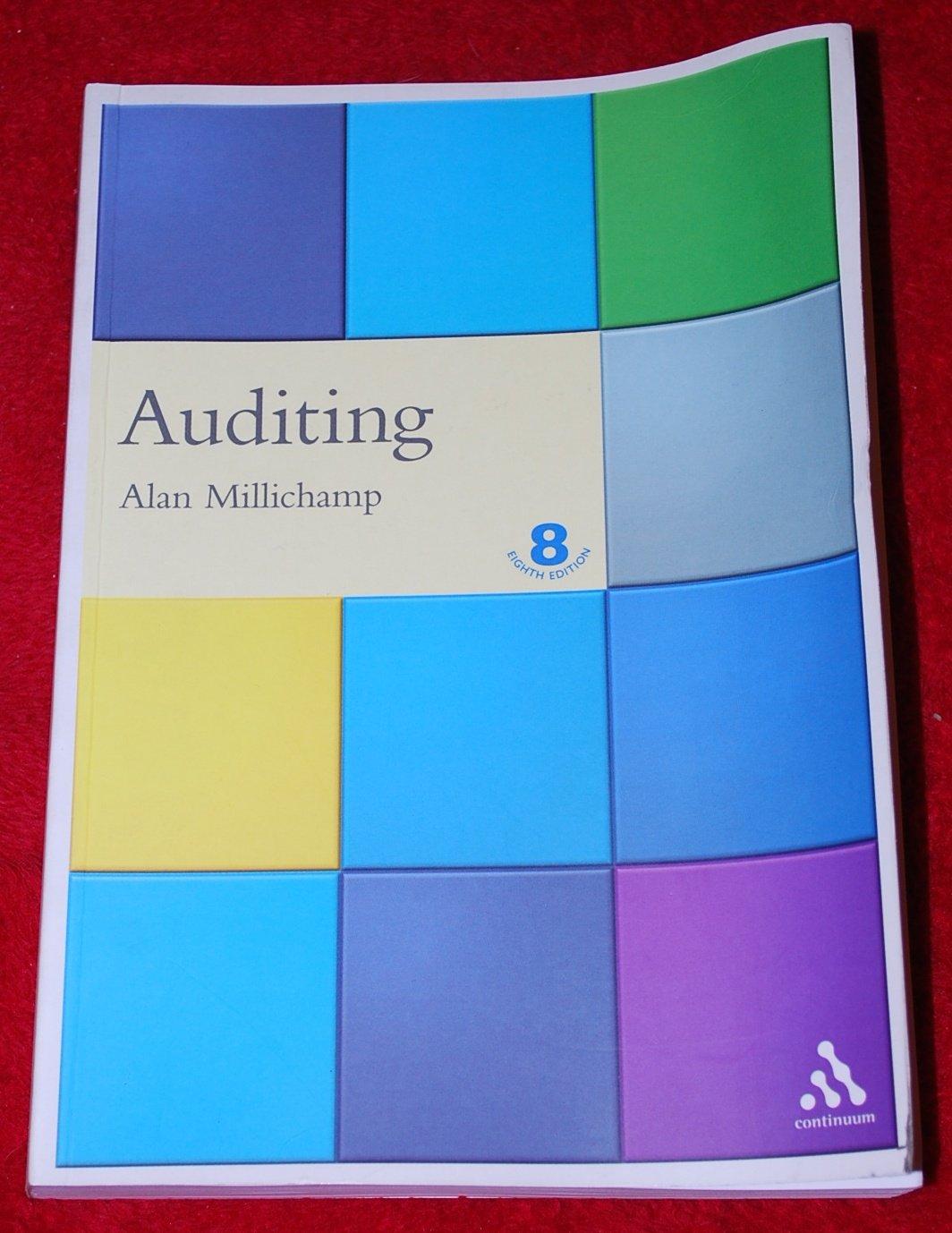Question
6. Roncy Manufacturing uses enhanced powder plastics (EPP) to manufacture a high-pressure board, Dura-Plastic. Information concerning its operation in June was as follows: Master Budget
6. Roncy Manufacturing uses enhanced powder plastics (EPP) to manufacture a high-pressure board, Dura-Plastic. Information concerning its operation in June was as follows:
| Master Budget units of Dura-Plastic to manufacture | 8,000 |
|
| Units of Dura-Plastic actually manufactured | 9,000 |
|
| Budgeted amount of EPP to purchase | 70,000 | oz. |
| EPP material actually purchased | 76,000 | oz. |
| EPP material actually used in production | 72,000 | oz. |
| standard cost of EPP actually used in production | $478,800 |
|
| standard quantity of EPP per unit of Dura-Plastic | 7.5 | oz. |
| Cost of EPP purchased | $574,560 |
|
The direct materials usage (efficiency) variance for June was:
Select one:
a. $13,300 unfavorable
b. $26,600 unfavorable
c. $29,925 unfavorable
d. $34,020 unfavorable
7. The term Six Sigma refers to:
Select one:
a. The control limits established in a Pareto-analysis chart.
b. A quality-performance standard that requires all products and services to meet the target value exactly, with no variation.
c. A business process-improvement approach that seeks to find and eliminate causes of defects and errors.
d. The quality expectation embodied in a robust-quality performance standard.
e. The quality requirement specified for ISO 9000 certification
8. A proper role for accounting in terms of managing and controlling quality is all of the followingexcept
Select one:
a. Providing management with relevant financial information for decisions related to quality-oriented initiatives
b. Providing management with relevant nonfinancial information for decisions related to quality-related initiatives
c. Specifying quality-related goals and objectives for the organization
d. Identifying operational constraints
e. Participating in the development of Six-Sigma quality-related goals
9. Which one of the following statements pertaining to the return on investment (ROI) as a divisional performance measure is incorrect?
Select one:
a. When the average age of assets differs substantially across divisions of a business the use of ROI may not be appropriate
b. ROI relies on financial measures that are capable of being independently verified while other forms of performance measures are subject to manipulation
c. The use of ROI may lead managers to reject capital investment projects that can be justified using discounted cash flow (DCF) models
d. The use of ROI can make it undesirable for a skillful manager to take on trouble-shooting assignments such as those involving turning around unprofitable divisions
e. The use of ROI can lead managers to emphasize the ROI of his/her division over the profitability of the organization as a whole
9. Assume that an organization's weighted-average cost of capital (minimum rate of return) is 8% and that Division A currently has a 12% return on investment (ROI). The manager of Department A, who is evaluated on the basis of divisional ROI, would most likely accept an investment that is expected to return:
Select one:
a. More than 8%
b. More than 12%
c. More than 8% but less than 12%
d. Less than 12%
e. Impossible to tell without further information
Step by Step Solution
There are 3 Steps involved in it
Step: 1

Get Instant Access to Expert-Tailored Solutions
See step-by-step solutions with expert insights and AI powered tools for academic success
Step: 2

Step: 3

Ace Your Homework with AI
Get the answers you need in no time with our AI-driven, step-by-step assistance
Get Started


